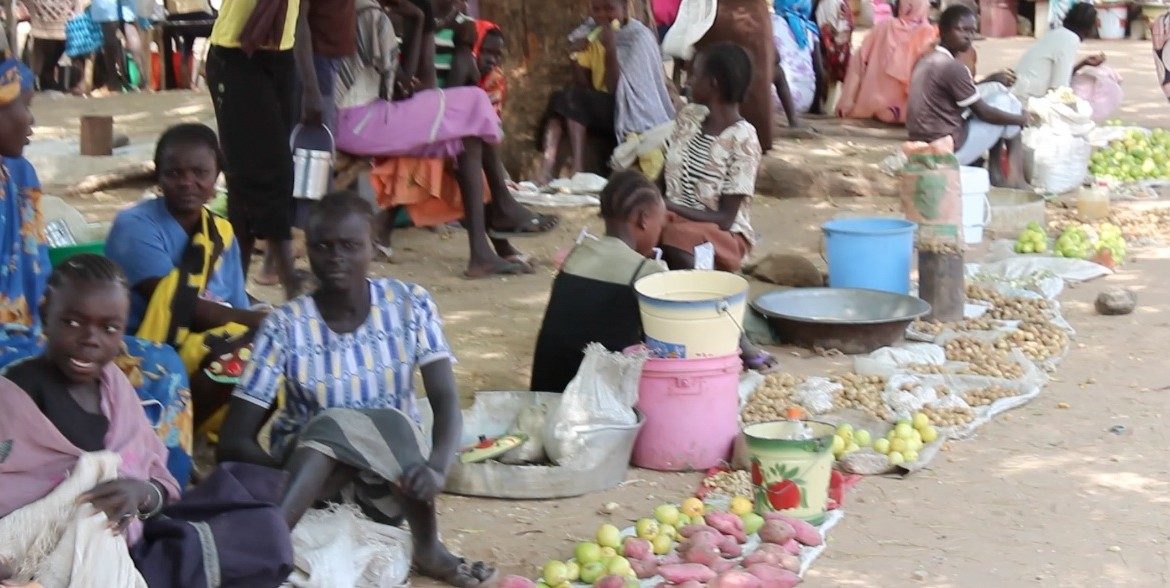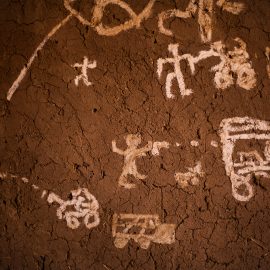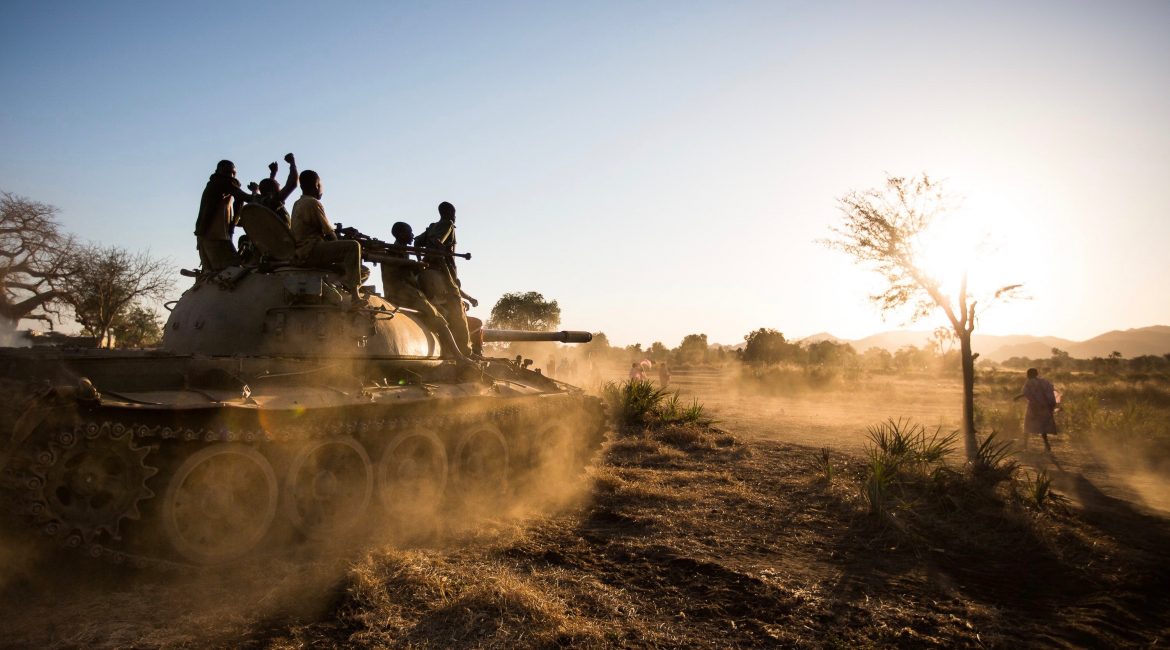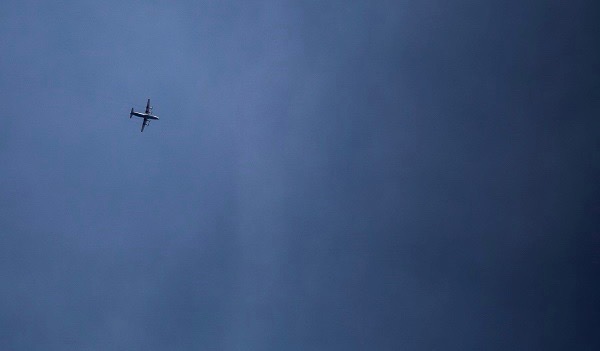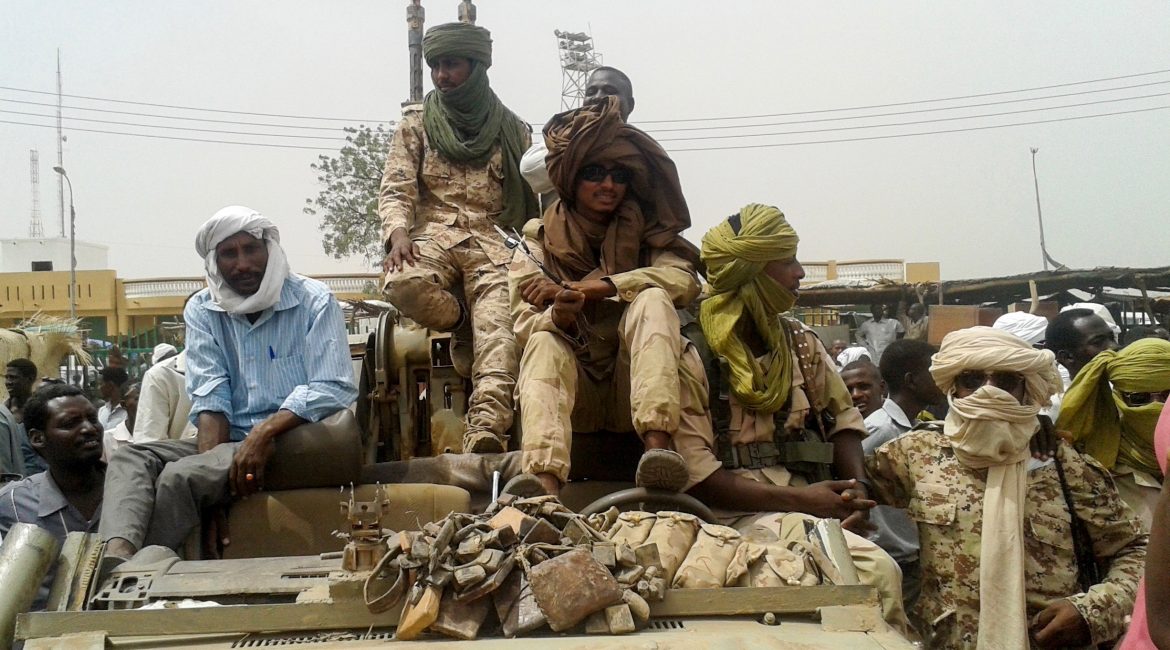SUDAN INSIDER |
This news summary is part of our Sudan Insider, a monthly newsletter providing news and analysis on Sudan’s biggest stories.
Subscribe here to receive the Sudan Insider in your inbox.
…………………………………………………………………………………………………………………………………………………………
Rampant inflation affects Nuba markets
What happened…
South Sudan inflation rates, more than 17 percent in October, are now over 800 percent, severely affecting prices and supply availability in certain markets within the rebel-controlled areas of the Nuba Mountains. Since December 2015 when South Sudan’s central bank abandoned fixed exchange rates, the value of the South Sudan Pound (SSP) has tumbled with the value decreasing on a near daily basis.
Not all markets in the Sudan People’s Liberation Movement-North (SPLM-N) areas of the Nuba Mountains are severely affected. But those that use the South Sudanese currency are facing unprecedented price hikes and shortages of basic goods. The price of one marwa (3.7 kilograms) of sorghum, a staple crop, is now more than ten times the price in December of last year, according to the SPLM-N Secretary of Finance, Carlo John.
The extreme price hikes are also linked to poor October-November harvests due to scant rains in August and September. Poor rainfall has stunted crop growth, severely compromising the short maturing sorghum harvest in this region. Many in the central Nuba Mountains are seeking food relief for staple crops despite this being harvest season.
In October, the SPLM-N attempted to control prices in key markets to help consumers with the high inflation by reducing prices roughly to a third of the inflationary market value. But with an ever-increasing SSP and no government funds to subsidize traders, the price controls proved untenable as traders worked at a loss. The exercise was scrapped by the end of November after markets emptied and supply-demand ratios were exacerbated.
What it means…
The unstable South Sudanese currency is a by-product of the three-year insecurity that has plagued South Sudan, especially the surge in violence that took place in July this year within the capital, Juba. Goods formerly available from Yida market in Ruweng State via Juba are now severely reduced, affecting market prices in the Nuba Mountains further.
The finance ministry within the rebel-controlled areas have also attempted to reduce the amount of South Sudanese currency available within the Nuba Mountains. But the circulation of SSP is high while access to more stable currencies remains low. Authorities are now attempting to enforce limits of SSP currency allowed to enter the region.
The hyperinflation of the SSP is already exacerbating food insecurity among populations within the Nuba Mountains, especially those displaced by the conflict. According to the Food Security Monitoring Unit (FSMU), food insecurity rates worsened between April and June 2016, with 38 percent of internally displaced facing severe hunger.
Markets in the Wadaka Payam of Blue Nile State are also detrimentally affected by the hyperinflation of the South Sudanese currency. Traders have reportedly stopped selling goods in markets due to the falling SSP value and insecurity. Markets in Yabus, Bala and Moguf in Blue Nile are also severely affected by the closure of the border between Ethiopia and Sudan by authorities in August and September.

